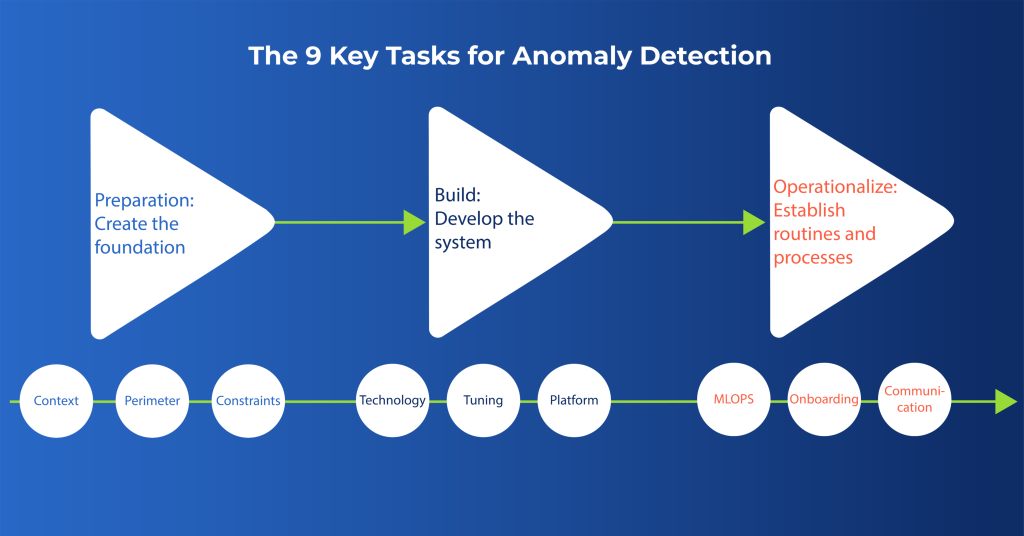
Are you tired of manually detecting anomalies in your data? Do you want to streamline your anomaly detection process and make it more efficient? Look no further than MLOps!
MLOps, or Machine Learning Operations, is a set of practices that help organizations manage and deploy machine learning models at scale. In this article, we’ll explore how MLOps can be used for anomaly detection and provide some tips for getting started.
What is Anomaly Detection?
Anomaly detection is the process of identifying data points that deviate from the norm. It’s a critical task in many industries, including finance, healthcare, and cybersecurity. Anomalies can be indicators of fraud, errors, or other issues that need to be addressed.
Traditional methods of anomaly detection involve manual inspection of data or the use of rule-based systems. However, these methods are time-consuming, prone to errors, and may miss subtle anomalies. Machine learning-based approaches, on the other hand, can automate the process and provide more accurate results.
How Can MLOps Help with Anomaly Detection?
MLOps can help with every stage of the machine learning lifecycle, from development to deployment. Here are some ways MLOps can improve anomaly detection:

Data Management
Anomaly detection models require large amounts of data to train effectively. MLOps can help manage data pipelines, ensuring that data is cleaned, transformed, and stored properly. This can save time and reduce errors when preparing data for training.
Model Development
MLOps can streamline the model development process by providing tools for version control, collaboration, and testing. This can help teams work more efficiently and ensure that models are accurate and reliable.
Model Deployment
Deploying machine learning models can be challenging, especially in production environments. MLOps provides tools for automating deployment and monitoring model performance. This can help ensure that models are deployed quickly and reliably and that any issues are addressed promptly.
Model Maintenance
Machine learning models can degrade over time as data distributions shift or new anomalies appear. MLOps provides tools for monitoring model performance and retraining models as needed. This can help ensure that models remain accurate and up-to-date.
Getting Started with MLOps for Anomaly Detection
Here are some tips for getting started with MLOps for anomaly detection:
Define Your Goals
Before getting started, define your goals for anomaly detection. What types of anomalies are you looking for? What level of accuracy do you need? Answering these questions can help you choose the right machine learning approach and set realistic expectations.
Choose the Right Algorithm
There are many machine learning algorithms for anomaly detection, each with its own strengths and weaknesses. Choose an algorithm that is well-suited to your data and goals. Consider factors such as the size of your data, the complexity of your anomalies, and the resources available for training.
Use a Workflow Management Tool
A workflow management tool, such as Apache Airflow or Kubeflow, can help you manage the machine learning lifecycle from development to deployment. These tools provide a graphical interface for defining workflows, scheduling tasks, and monitoring progress.
Monitor Model Performance
Once your model is deployed, it’s important to monitor its performance to ensure that it’s meeting your goals. Use tools such as Prometheus or Grafana to monitor metrics such as accuracy, precision, and recall. If performance degrades, retrain the model or adjust your anomaly detection threshold.
Conclusion
MLOps can be a powerful tool for streamlining the anomaly detection process. By automating data management, model development, deployment, and maintenance, MLOps can save time, reduce errors, and improve accuracy. Remember to define your goals, choose the right algorithm, use a workflow management tool, and monitor model performance to get the most out of MLOps for anomaly detection.